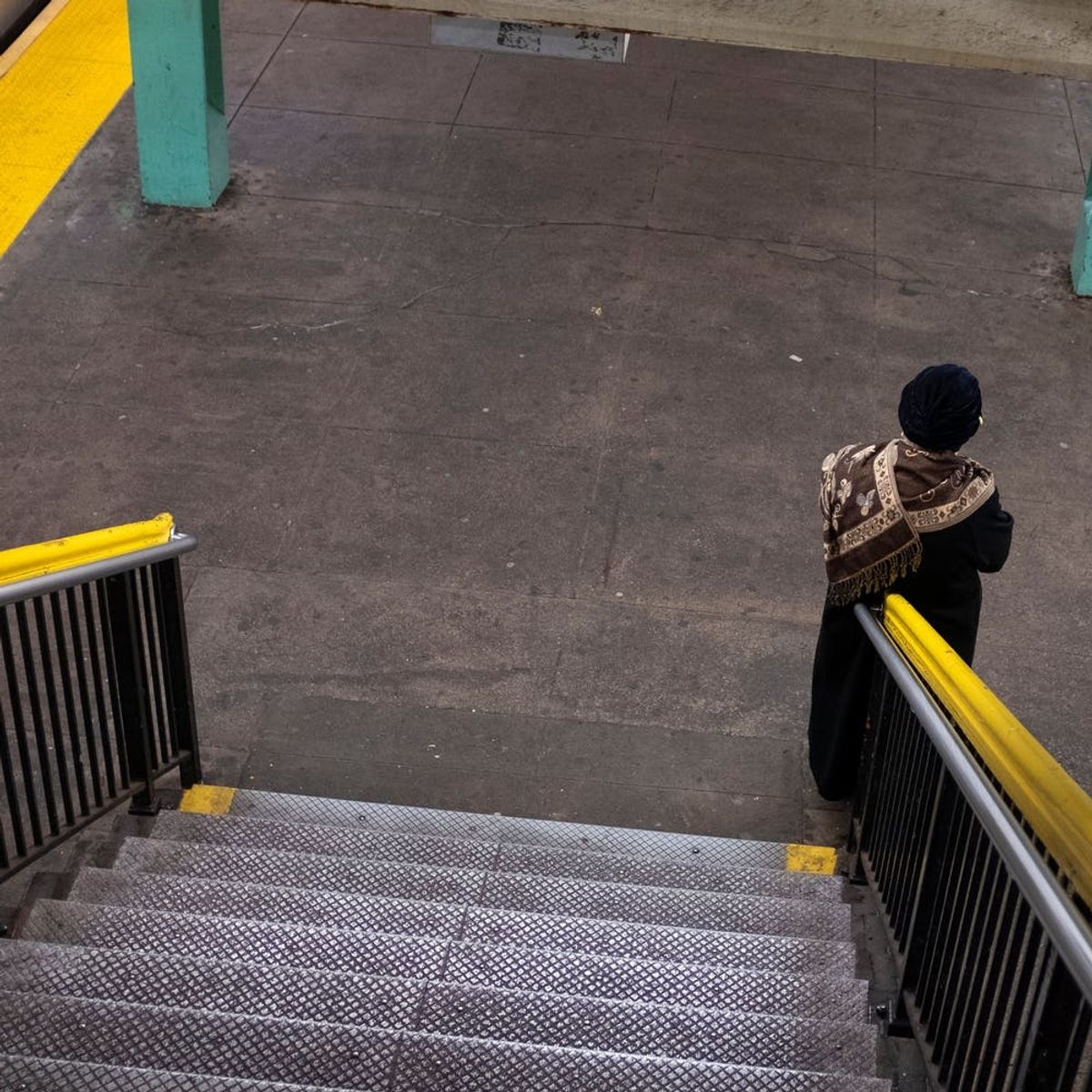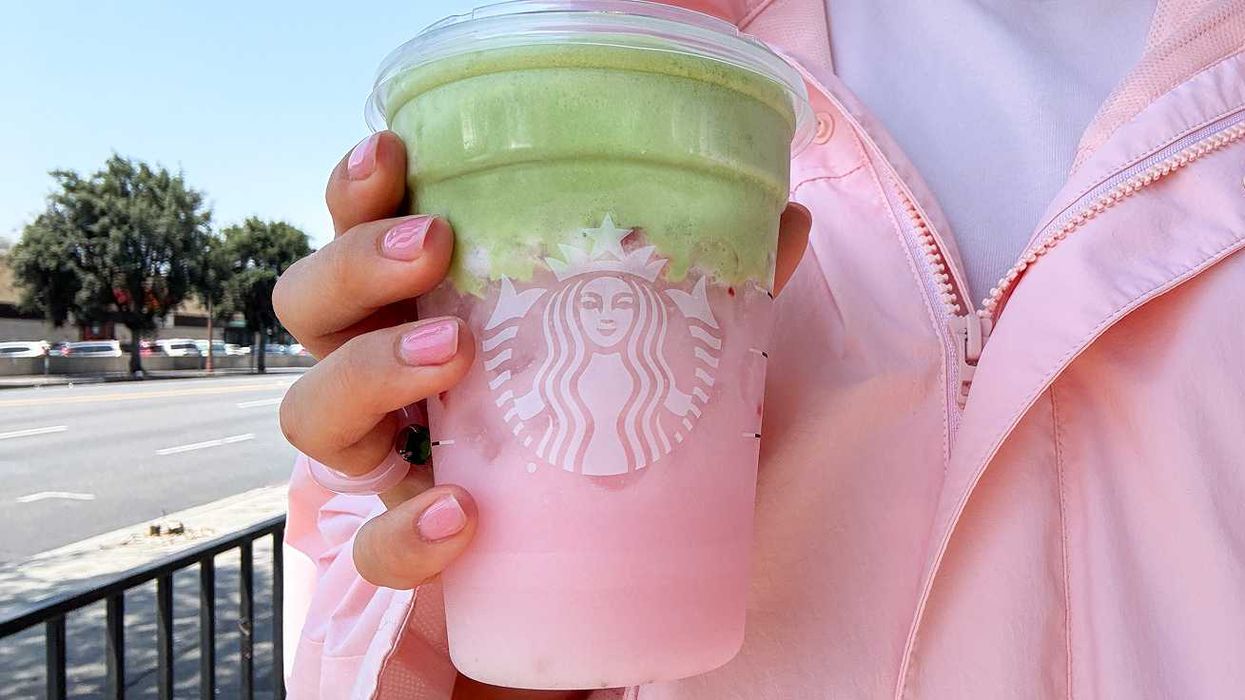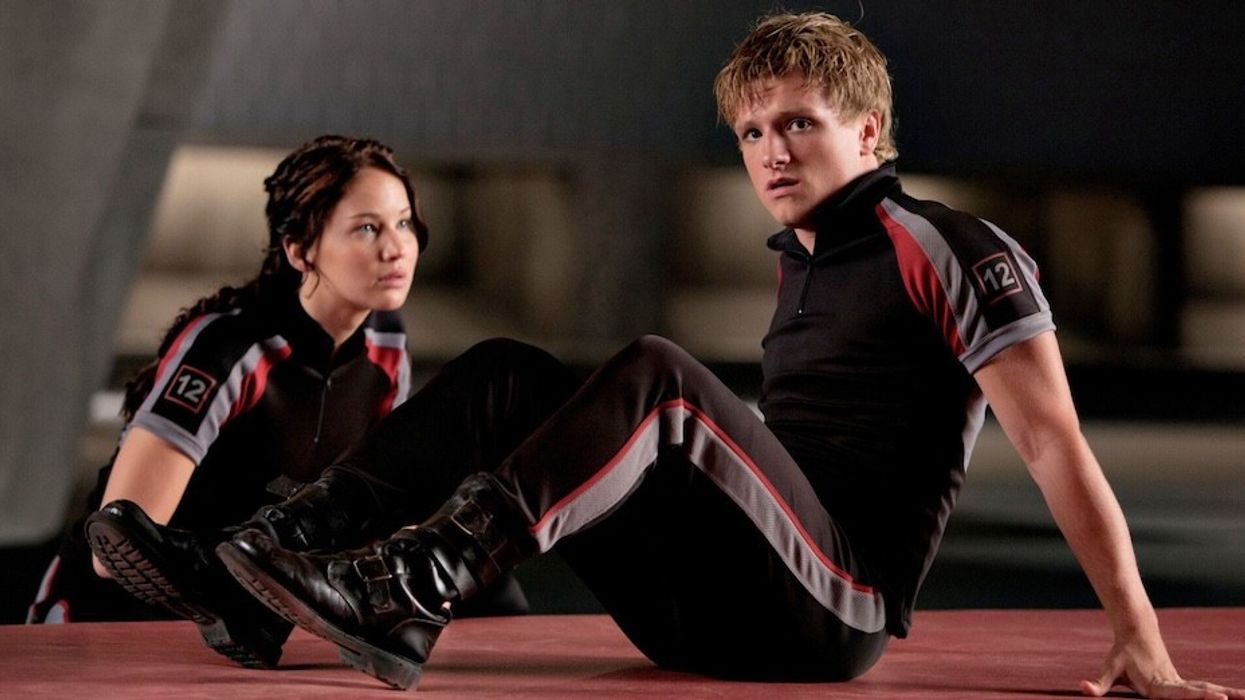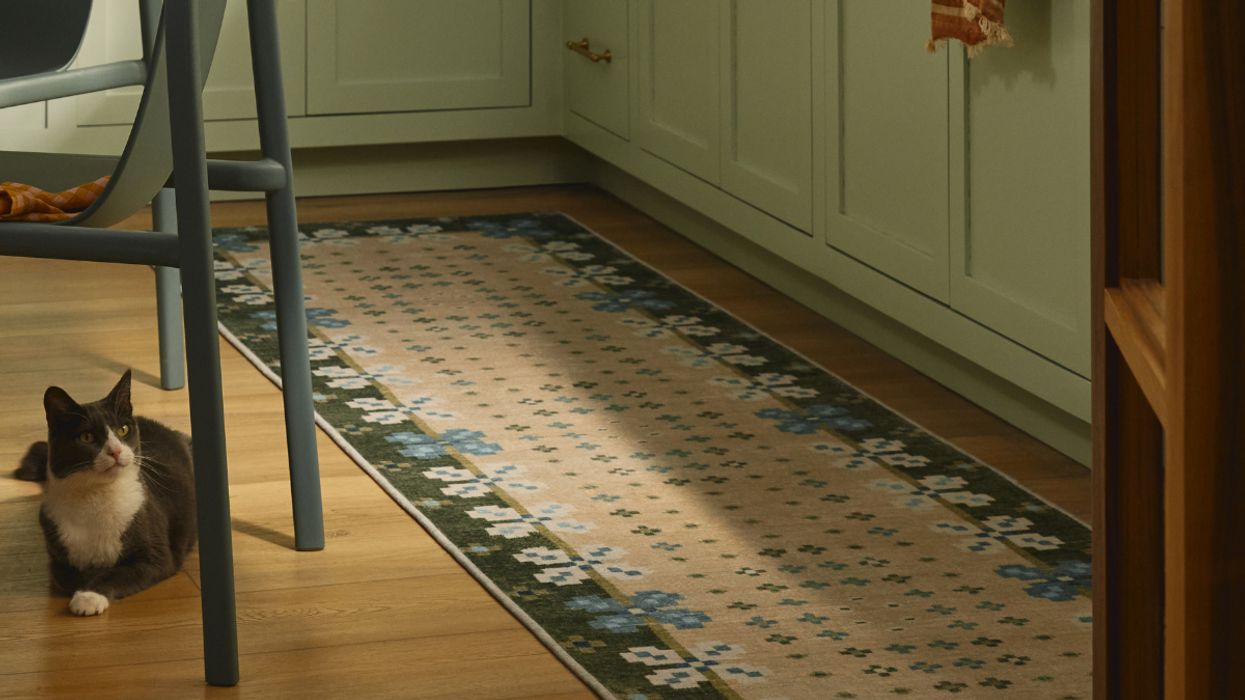It shouldn’t be life-threatening to use a stroller.
A New York Mother’s Tragic Death Highlights Dangerous Accessibility Gaps for Parents Who Use Public Transit

A young New York mother has died after falling down the stairs leading into the Seventh Avenue B-D-E station in midtown Manhattan on Monday evening. According to local reports, the mom, 22-year-old Malaysia Goodson, was carrying her one-year-old in a stroller down the steps into the station when she fell. The station, like many others in the city’s aging subway system, does not have an elevator.
Goodson was taken to the hospital, where she was pronounced dead. Local NBC affiliate News 4 reported that Goodson’s toddler, Rhylee, was not hurt in the fall and is now with her dad.
News of Goodson’s tragic death went viral on social media on Tuesday, as many noted that public transportation in New York City — and in cities around the country — is not accessible for parents with small children, as well as people who use mobility devices such as canes, walkers, and wheelchairs. Although the Americans With Disabilities Act (ADA) mandates that public transportation such as buses and trains, and stations, be accessible to people with disabilities, this is often not the case in practice.
We'll be at 7th Ave and 53rd St tomorrow at 11am in response to the death of Malaysia Goodson and to assert that this tragedy should not be in vain. Join us if you can to demand full subway station #accessibility.#a11y #CidnyFightsBack pic.twitter.com/88Xugb93kl
— CIDNY (@CID_NY) January 29, 2019
Highlighting the overlap between accessibility for parents with strollers and people with disabilities, a group of transit and disability activists held a demonstration Wednesday morning to demand full accessibility in NYC’s subway system.
New York City has 472 subway stations, only one quarter of which have elevators, according to an ABC News report. The subway station where Goodson was fatally injured does have an escalator, an MTA representative told ABC, but people with strollers are discouraged from using the escalators because of associated safety risks.
Some but not all disability-accessible stations in NYC are equipped with “AutoGate,” which enables automatic entry and exit for people with some disabilities, according to the MTA website. But this option is not available to passengers who are traveling with strollers. According to a 2018 article in Curbed New York, half of New York City’s neighborhoods do not have any accessible train stations. And while some stations do have elevators, they’re not always in service.

According to a a 2017 report in the Journal of Disability Policy Studies, “Public Transportation: An Investigation of Barriers for People With Disabilities,” people with disabilities are frequently confronted with both physical and attitudinal barriers to public transit. The investigation found that buses aren’t always equipped with accessibility ramps, and when they are, they can be too steep. Bus drivers also sometimes fail to stop altogether for people in wheelchairs, and can sometimes be hostile to riders with mobility aids. The report found that many subway and commuter train stations do not have level-entry boarding areas, which can make the trains themselves inaccessible to some riders — even if the stations are not.
While the needs of parents with strollers and people with disabilities are not always the same, accessibility needs often overlap on public transportation, where passengers using mobility aids and/or strollers may need lifts, ramps, elevators, and other accommodations in order to safely access the bus or train. When these accommodations are not available, it is not only a violation of the ADA, but creates life-threateningly dangerous conditions for passengers, as 22-year-old Goodson’s death grimly demonstrates. Elevators in stations, level surfaces for boarding trains, and ramps for trains and buses make transit safe and usable for a greater number of people.
While there is no data collection on the number of people who are injured or killed while using public transit with strollers or mobility aids, many people on Twitter noted how common it is for mothers, especially, to carry strollers alone up and down NYC subway station stairs. Lindsey Christ, an education reporter in New York, tweeted about Goodson’s tragic death, and about her own experience carrying a stroller in subway stations, and helping another mom do the same.
A minute after taking this photo, on my way back up the stairs we ran into a young mom with two-year-old twins asleep in a double stroller. She was about to try to carry it all on her own! (I helped her of course but it was still hard for the two of us! come on, @MTA.)
— Lindsey Christ (@LindseyChrist) January 29, 2019
Christ tweeted that being forced to use the stairs with a small child in a stroller is “a terrifying part of raising babies in this city.”
The New York Times reports that NY governor Andrew Cuomo said that expanding elevators in NYC subways must be a “priority” following Goodson’s death on Monday, but the city has been very slow to make accessibility updates to its many train stations. Disabled public transit riders have for years advocated for safer conditions at train stations, bus stops, and on buses and train cars, and the lack of adequate progress has made for terrible and dangerous riding experiences for people with disabilities — and was fatal for Goodson.
It is unfortunate that nearly 30 years after the ADA was enacted, dangerous barriers to accessibility remain so common anywhere there’s public transit, from massive city subway systems to suburban bus routes. Increasing accessibility so that everyone can access trains and buses will make public transit safer for everyone who uses it, which is the only truly acceptable way for transit to operate. In the meantime, a GoFundMe has been created to start an education fund for Goodson’s daughter, Rhylee.
A Gofundme for the daughter of Malaysia Goodson. Goodson died after falling down the subway stairs trying to carry her daughter's stroller https://t.co/fWwvQOeXx0
— Ashley Reese (@offbeatorbit) January 29, 2019
What do you think? Tell us on Twitter @BritandCo.
(Photo by Johannes Eisele/AFP/Getty Images)


















